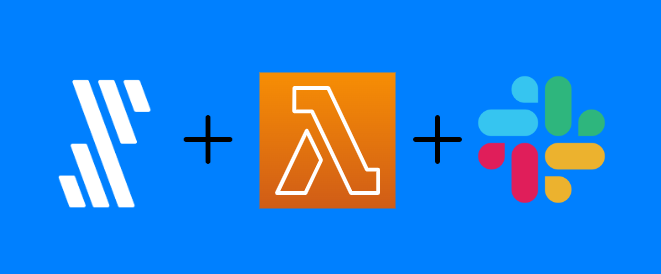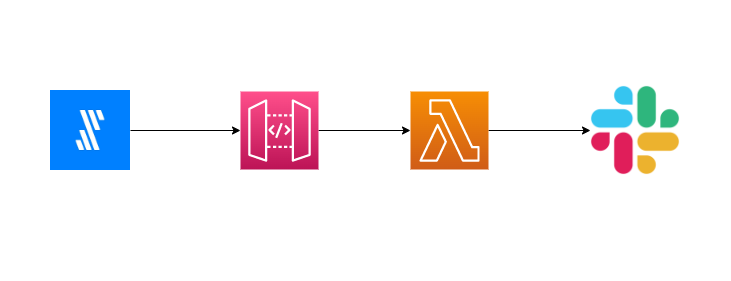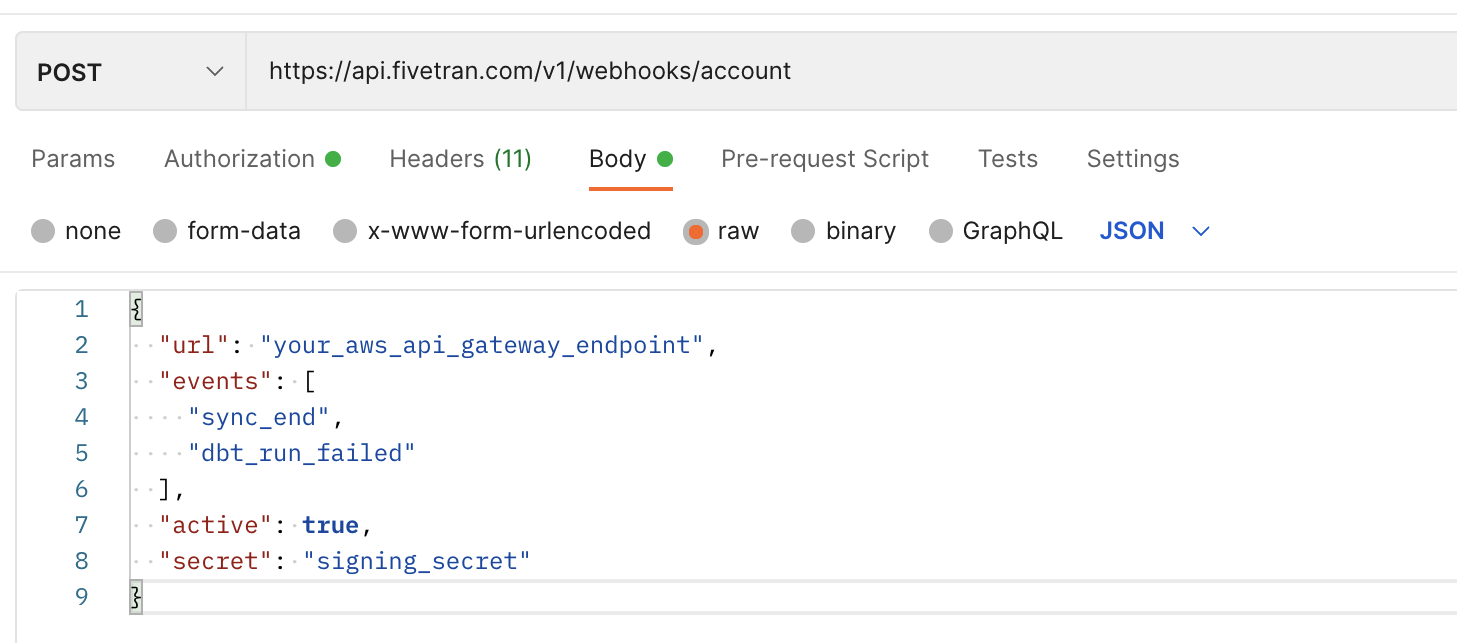Fivetran Slack Notifications
Tags: Fivetran slack notifications incident-management webhook
Getting timley notifications on whether a Fivetran data connector is broken, or a dbt transformation has failed, is crucial to maintaining confidence in your datapipeline and reducing your time to restore. This blog will cover how to build your own system in AWS utilising Fivetran’s newly released webhooks functionality and slack webhooks.
Overview
Fivetran’s new webhook functionality allows you to subscribe to Fivetran events, and push these to a webhook listener. Currently, as this feature is still in beta, there is no way to directly connect to slack or an incident management system, to resolve this we will be creating our own serverless webhook listener, which will link to a slack channel.
Fivetran supports the follwing events for webhooks, see documentation for more infomation.
- sync_start
- sync_end
- status (deprecated)
- dbt_run_start
- dbt_run_succeeded
- dbt_run_failed
- transformation_run_start
- transformation_run_succeeded
- transformation_run_failed
Fivetran . Fivetran Custom Connector. (n.d.). Retrieved June 10, 2022, from https://fivetran.com/docs/logs#events
We are only interested in getting notified on failures, so we will only be subscribing to sync_end and dbt_run_failed events.
Architecture Diagram

Getting Started
Creating a Slack App
Setting up a Slack App for incoming webhooks
- Create New App
- Go to Features/IncomingWebhooks
- Add New WebHook to workspace, select with channel
- Keep your webhook URL for later to save into secrets manager

Creating a Serverless Webhook Listener
- Clone the Fivetran-Slack-Notifications repo
- Deploy into your aws account using
./ci/scripts/deploy.sh, see the example repo readMe - Save the Slack Webhook URL in
SlackApiSecretin secret manager - Generate a secret key for HMACSHA256 encryption which will be used signing verification and save to
FiveTranSigningKeySecretin secret manager.
Discussion
Fivetran uses SHA-256 HMAC algorithm to sign the webhook payload using a a specified secret(FiveTranSigningKeySecret). This signature is calculated based on the payload body. To verify the signature, we generate our own signature to verify that the payload is from Fivetran and that the payload body is unmodified.
The signature is located in the payload header as event.headers['X-Fivetran-Signature-256'], we then use the crypto.timingSafeEqual function to prevent timing attacks and verifiy the signature.
import * as crypto from 'crypto'
const generated_key = signKey(fiveTranSigningKey, event.body)
fiveTranSigningVerification(generated_key, event.headers['X-Fivetran-Signature-256'])
function fiveTranSigningVerification(generatedKey: string, fiveTranKey: string) {
if (crypto.timingSafeEqual(Buffer.from(generatedKey), Buffer.from(fiveTranKey))) {
console.log('Valid Signature')
} else throw new Error(`Invalid Signature`)
}
Creating FiveTran Webhook
Currently, webhooks can only be created using the Fivetran API, for more infomation on Fivetran webhooks, see the getting started documentation
In Postman, to apply webhook notifications across your account, set URL to:
POST https://api.fivetran.com/v1/webhooks/account
Set Authorisation to Basis Auth:
username = APIKey
password = API Key Secret
Make sure to copy in your your_aws_api_gateway_endpoint and FiveTranSigningKeySecret from previous steps.
Payload body:
{
"url": "your_aws_api_gateway_endpoint",
"events": [
"sync_end",
"dbt_run_failed"
],
"active": true,
"secret": "FiveTranSigningKeySecret"
}

Expected response:
{
"id": "connectorId",
"type": "account",
"url": "your_aws_api_gateway_endpoint",
"events": [
"sync_end",
"dbt_run_failed"
],
"active": true,
"secret": "******",
"created_at": "2022-06-09T08:24:32.537Z",
"created_by": "some_value"
}
When a Fivetran sync ends in failure, or a dbt transformation fails, Fivetran will post to our webhook, which then in turn will send a message to our slack webhook.

Example Payload body from Fivetran:
syncEnd
{
event: 'sync_end',
created: '2021-08-18T11:38:34.386Z',
connector_type: 'asana',
connector_id: 'some_id',
destination_group_id: 'some_id',
data: {
status: 'FAILURE'
}
}
dbt_run_failed
{
event: 'dbt_run_failed',
created: '2022-06-01T07:41:30.389Z',
destination_group_id: 'some_id',
data: {
result: {
description: 'Steps: successful 0, failed 1',
stepResults: [
{
step: {
name: 'run dbt',
command: 'dbt run'
},
endTime: '2022-06-01T07:41:26.478Z',
success: false,
startTime: '2022-06-01T07:41:08.979Z',
commandResult: {
error: '',
output: "dbt Run failed: placeholder text",
exitCode: 1
},
failedModelRuns: 3,
successfulModelRuns: 0
}
]
},
endTime: '2022-06-01T07:41:28.949Z',
dbtJobId: 'some_id',
startTime: '2022-06-01T07:40:38.917Z',
dbtJobName: 'at8_30',
startupDetails: {
type: 'manual',
userId: 'some_id'
}
}
}
Conclusion
You now have live notifications into your Slack channel on when a error occurs in your Fivetran account! Much better than just a email notification. You can additionally tie this into your exisiting incident managment system!
Examples
https://github.com/JMiocevich/Fivetran-Slack-Notifications
References
https://fivetran.com/docs/functions/aws-lambda/sample-functions
https://fivetran.com/docs/rest-api/webhooks
If you have any questions or need assistance setting up your own notification system, feel free to get in touch
